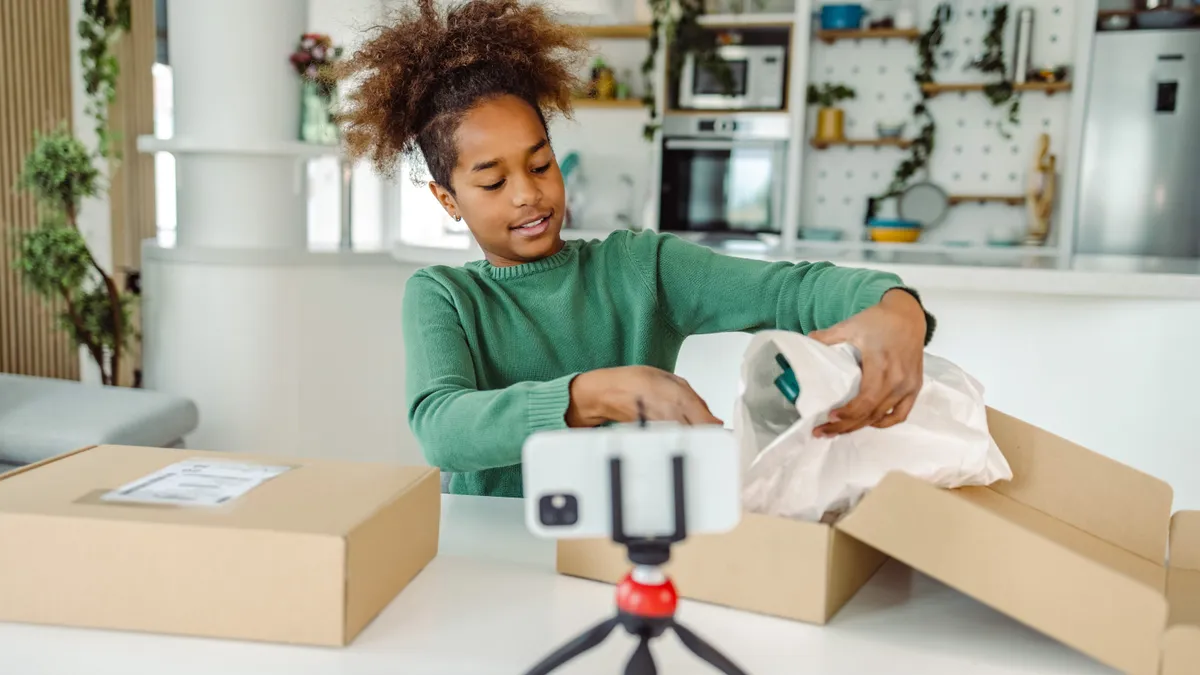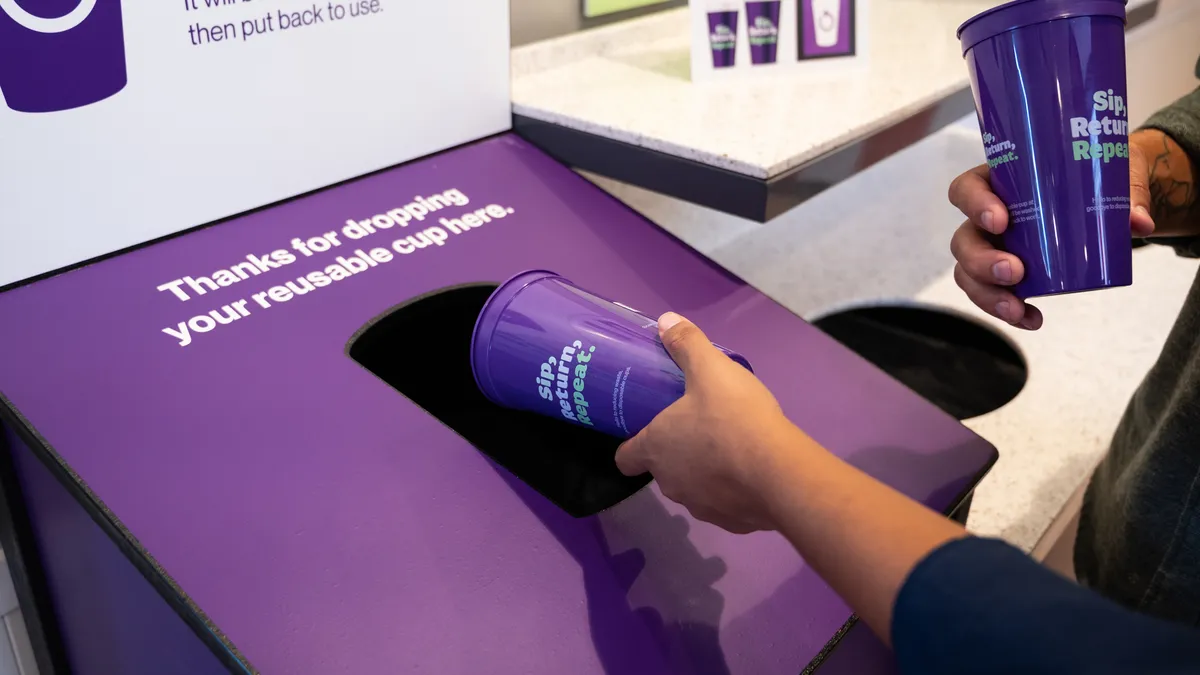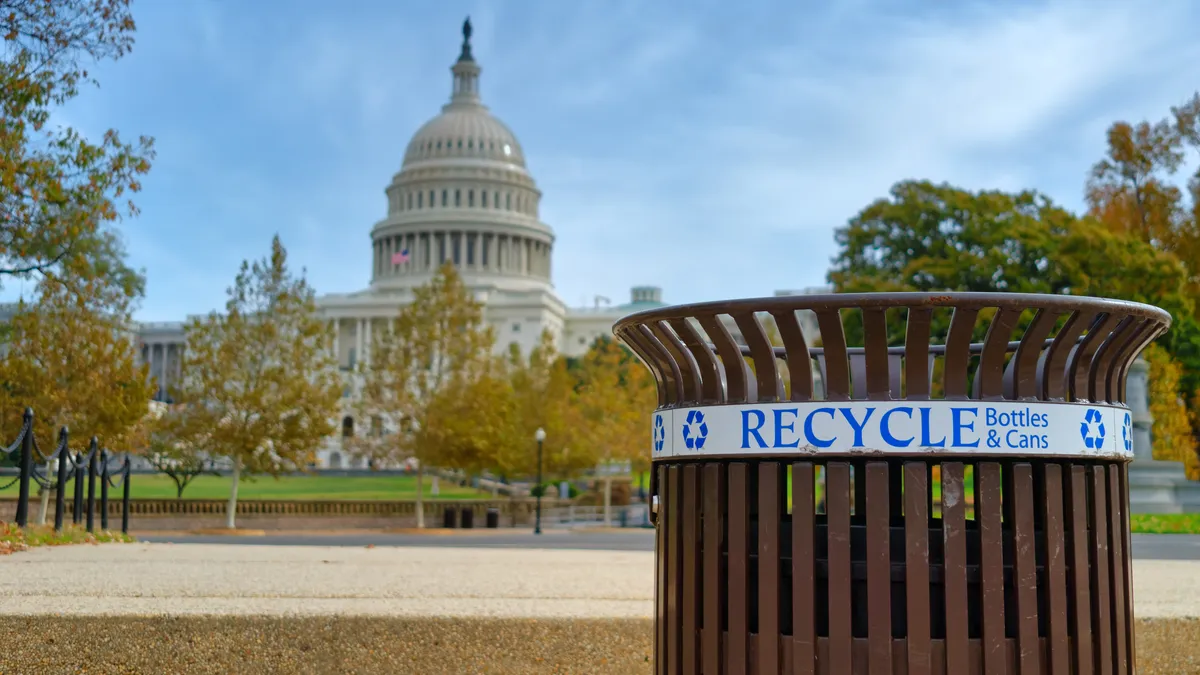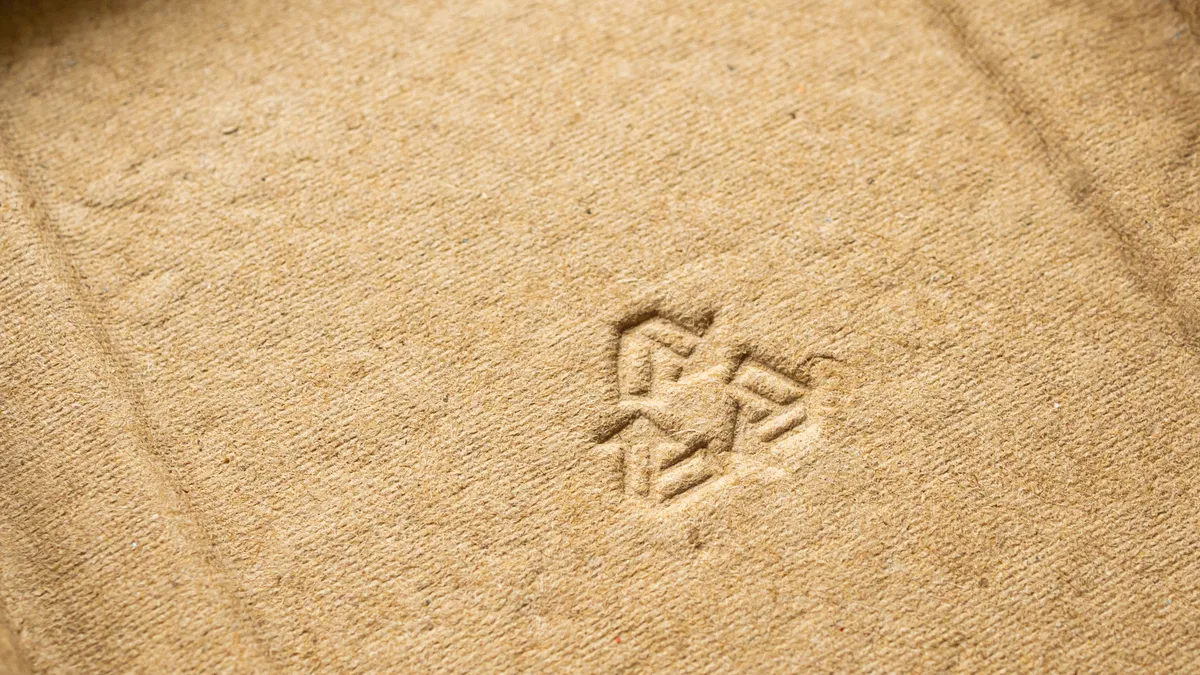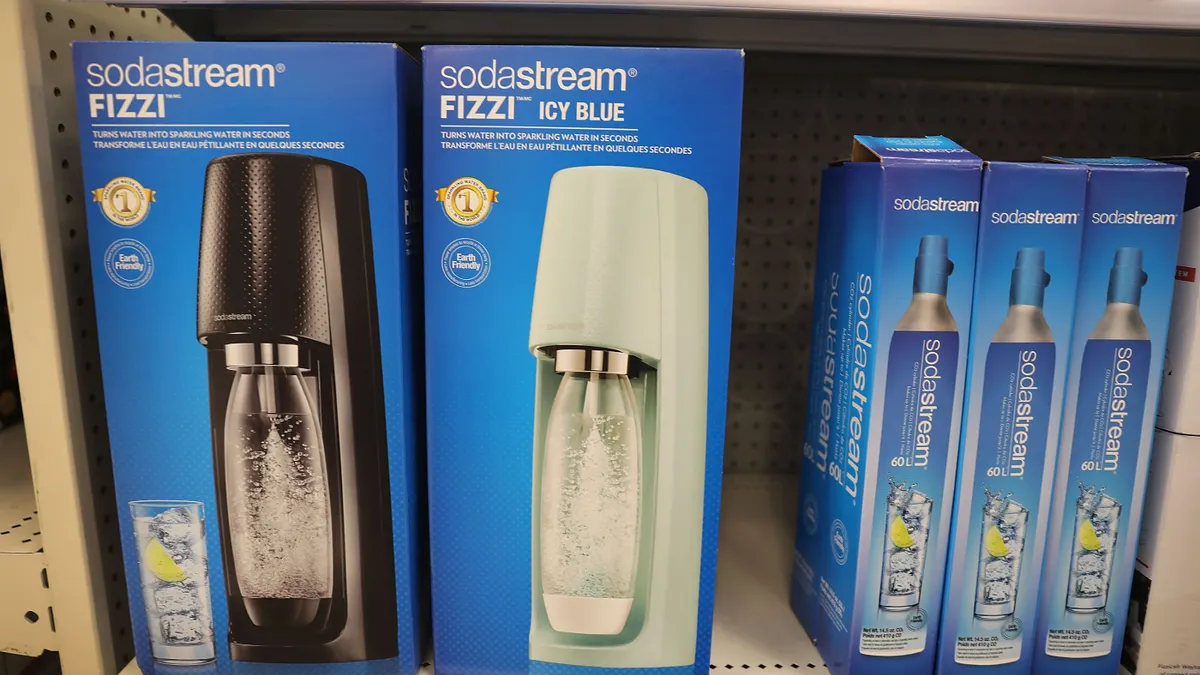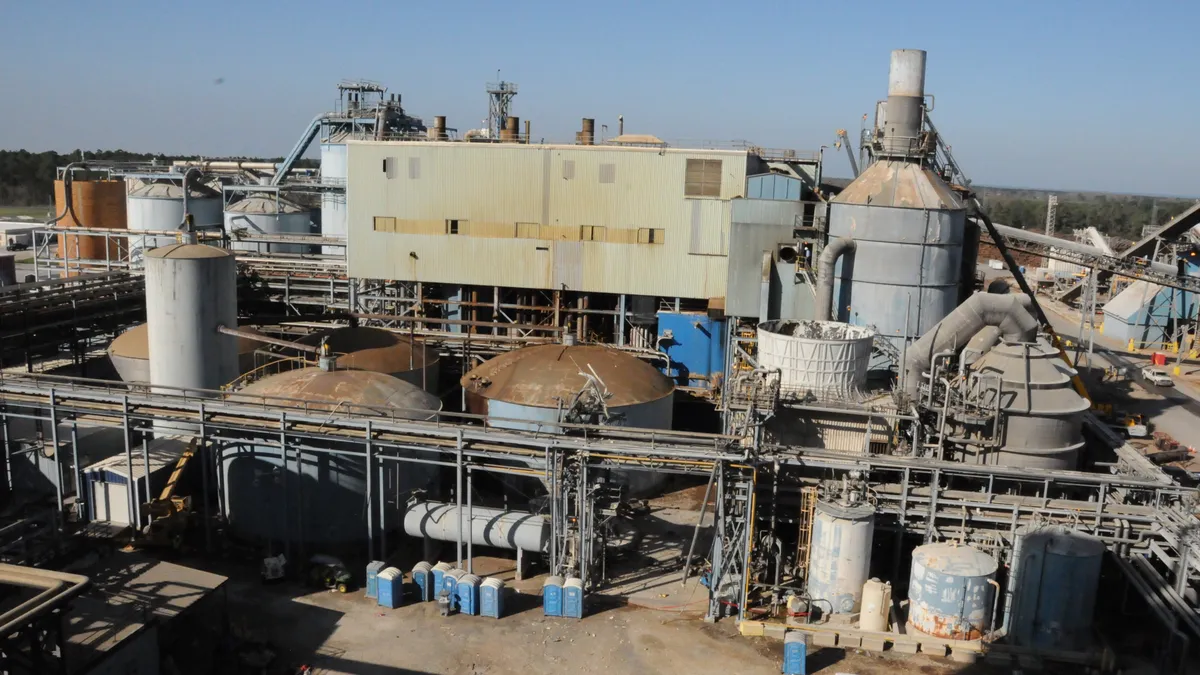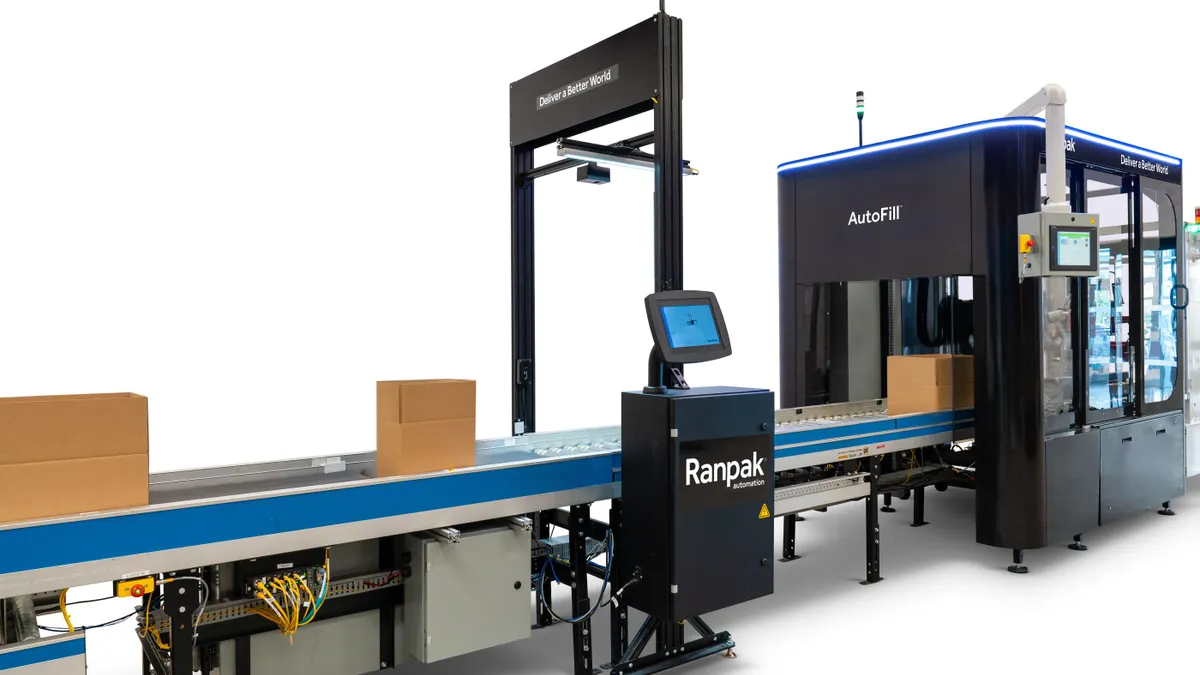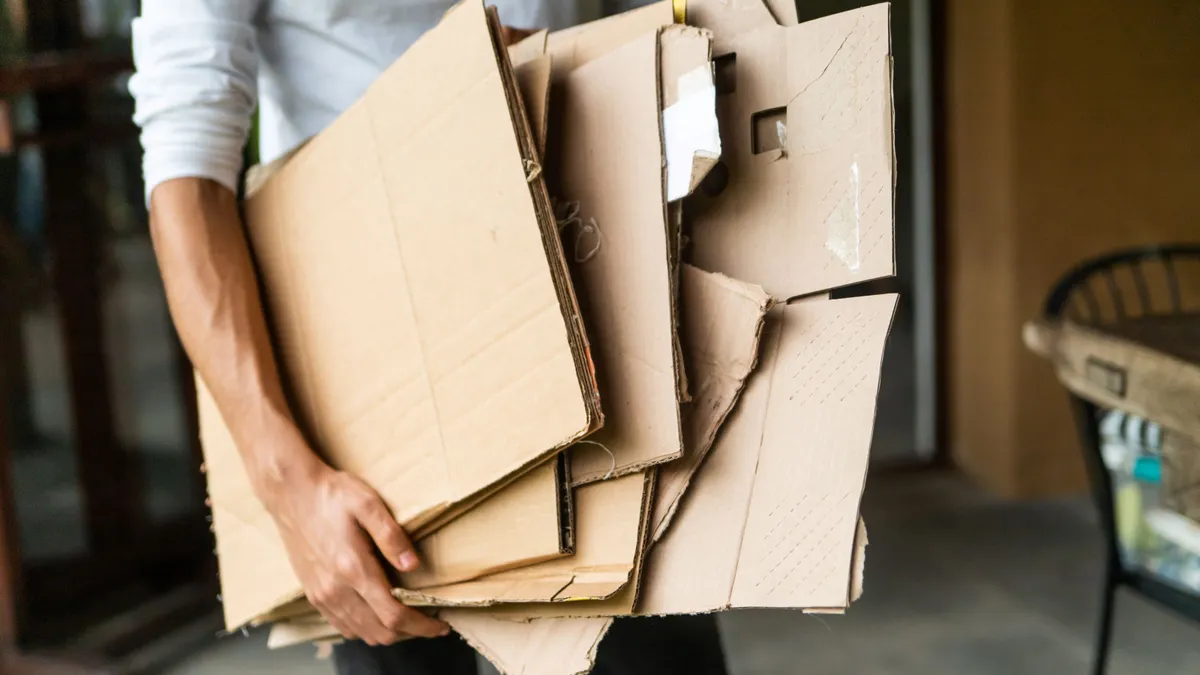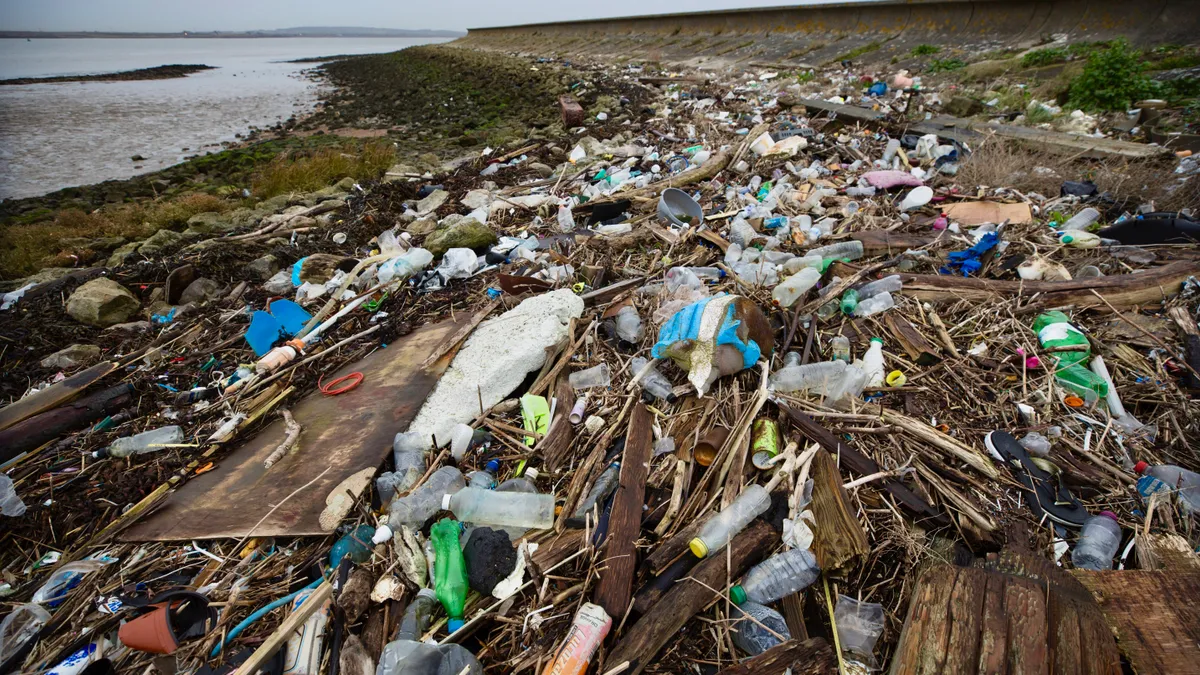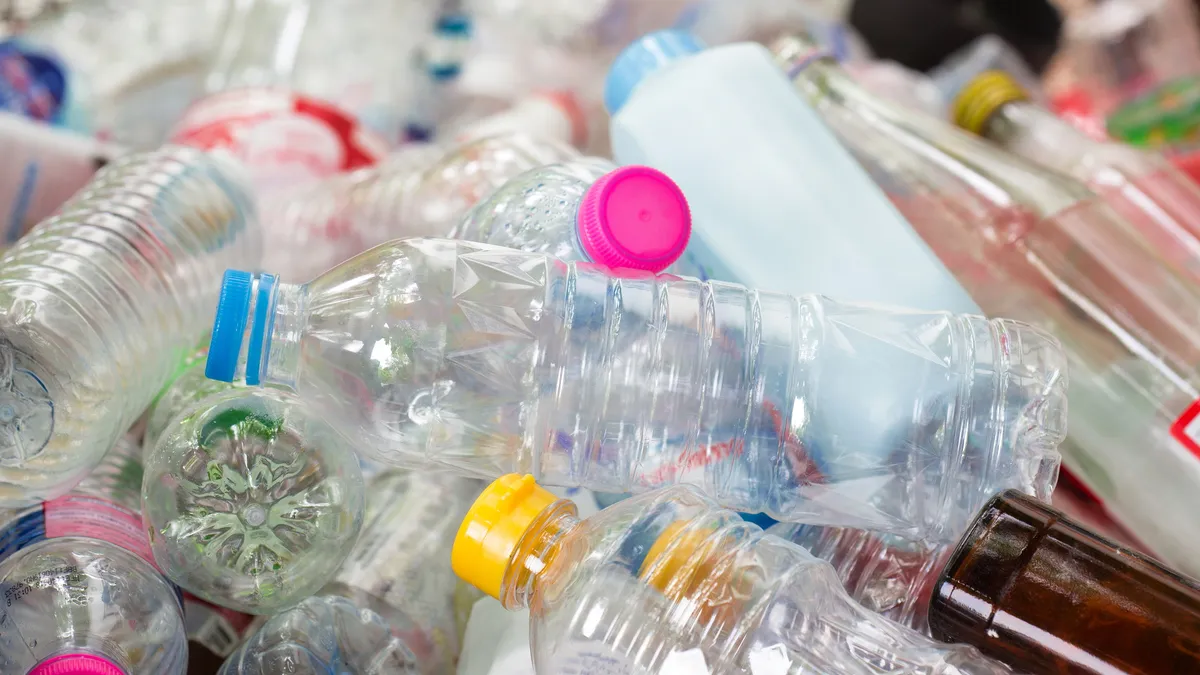Videos of effusive influencers unveiling a new product while removing it from its package inundate social media platforms. Often, the excitement doesn't solely begin when the product itself is displayed, but rather during the experience of opening an outer e-commerce box and encountering additional filler packaging inside.
Welcome to "unboxing," a rather unexpected, yet growing, trend that is catching packaging professionals’ attention. Packaging companies take advantage of the exposure to highlight their capabilities, such as designing products that help customers build anticipation and excitement among consumers.
Unboxing in its modern form generally is considered to have taken off in 2005 following YouTube's birth. A brief history of the trend by Dictionary.com describes it as an “odd, but very popular, pastime" that gained traction by the end of 2006, and the videos "have only gotten more popular." In 2014, Google revealed that uploads of unboxing videos on YouTube had grown 50% over the previous year, and views of the videos increased 57% in that timeframe, racking up more than a billion views. Some link another popularity surge to TikTok’s emergence in late 2016.
The pandemic also forced change. "The unboxing trend — we are definitely seeing that become so important," said Jessica Black, director of sales at JBM Packaging. "There was talk about it before, but really during COVID I saw this spike of interest."
Unboxing videos exist for a plethora of products across industries. Even monthly subscription boxes and meal kit boxes get featured.
"Especially with the rise of e-commerce, more and more brands are finding opportunities to showcase who they are. It comes in that unboxing experience," said Chris Bradley, chief marketing, design and sustainability officer at Orora Packaging Solutions.
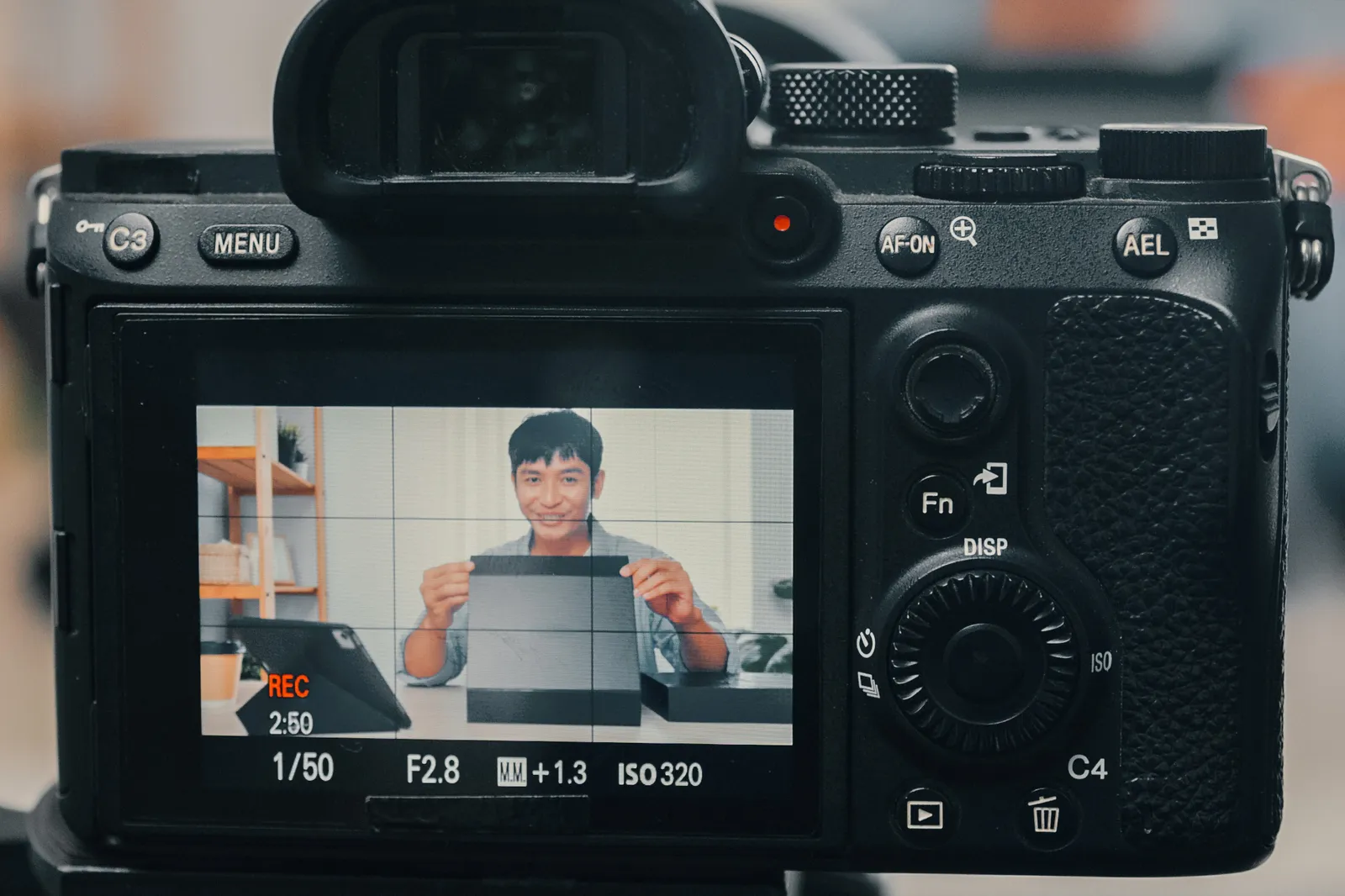
Enter e-commerce
Unboxing’s upswing correlates to the e-commerce surge; influencers rarely purchase their featured goods in brick-and-mortar stores.
E-commerce is one of the top four industries for unboxing videos, along with tech, direct-to-consumer and consumer packaged goods, according to TV, video and media data firm MNTN Research. E-commerce boomed early in the pandemic and growth has since leveled off, but sales still increased 7.8% year over year in the first quarter of 2023, according to U.S. Census Bureau data.
"They want to capture the hearts and minds of their buyers, and unboxing is a way that they're able to connect with them and instill some brand loyalty."

Ryan Fox
Corrugated packaging market analyst at Bloomberg Intelligence
The data also show the sector comprised 15.1% of total retail sales that quarter, constituting more than $253 billion of sales in Q1 alone. And the buzzy sector is only predicted to expand its foothold as consumer buying patterns continue to shift.
"E-commerce is really the only market segment that has shown any life in quite a while," said Ryan Fox, corrugated packaging market analyst at Bloomberg Intelligence. Much attention goes to big names like “Amazon, Chewy, Target, Walmart, the big brands like that,” he said, “and then you've got this other side of it” with many smaller, boutique businesses.
The Fibre Box Association says that boxes are the backbone of e-commerce. Packaging businesses have fully embraced and are leveraging their roles in these online purchases by introducing shipping products tailored to the sector.
Last year, International Paper released the bow-tie shipper, a box with a patented design that is glue-free and hand-assembles quickly; it's intended to replace small, glued, corrugated shipping boxes for e-commerce. WestRock calls the sector an “increasingly integral part of the shopping ecosystem” and says its standalone e-commerce packaging machine, BoxSizer, creates right-sized boxes on demand. Packaging Corp. of America says e-commerce packaging “elevates the brand image and builds loyalty by delivering a unique customer experience.”
Emotional response
The psychology behind unboxing suggests the practice is strongly tied to human emotion. Anticipation builds and adrenaline surges when influencers display themselves digging into a package and encountering the commodity within. Consider it the digital version of getting a rush from tearing the wrapping off a gift or playing "show and tell."
"When you receive something there's feelings, there's emotion, there's tactile feel, there's smell. All of the senses work together to provide that opening experience," said Cory Connors, director of sustainable packaging at Orora Packaging Solutions.
Brands understand this emotional response and capitalize on it — not just to garner attention from influencers on social media, but to engage with consumers on a more intimate level that drives repeat purchasing behaviors. Harnessing emotion helps brands transform a transactional relationship into a relational one.
"They want to capture the hearts and minds of their buyers, and unboxing is a way that they're able to connect with them and instill some brand loyalty," Fox said.
Packaging companies aim to find ways to help customers create that emotional experience within their discrete audiences. The solution to creating powerful, memorable moments is not the same for every company, every product or every consumer base, but it frequently involves capitalizing on emotion.
"There's so much buying done through e-commerce, so how do you take that transaction and turn it into a meaningful experience? How do you turn it into a relationship? And what can you do to build that type of engagement with your customer that you don't normally have through a transactional e-commerce type of buying experience?" Black said.
She explained that a large e-commerce beauty company worked with JBM on unboxing experiences, and they had unique criteria for choosing a packaging material: Describe how it sounds. They ultimately chose glassine, a 100% fiber-based material that resembles parchment or waxed paper, “because it makes this crackly, crinkly, exciting sound — almost like you're rustling through packages on Christmas morning,” Black said. “That's what helped them bring that moment alive.”
“I’m thinking about the way that a YouTuber, or the way that a customer, would unbox it when we’re in the design process, because we want to have that big ‘aha’ or ‘wow’ moment.”

Chris Bradley
Chief marketing, design and sustainability officer at Orora Packaging Solutions
Another JBM customer, T-shirt maker Johnny’s Cupcakes, similarly chose glassine with specialty print on the outside and found that consumers are posting their opening experiences on social media and raving about their encounters.
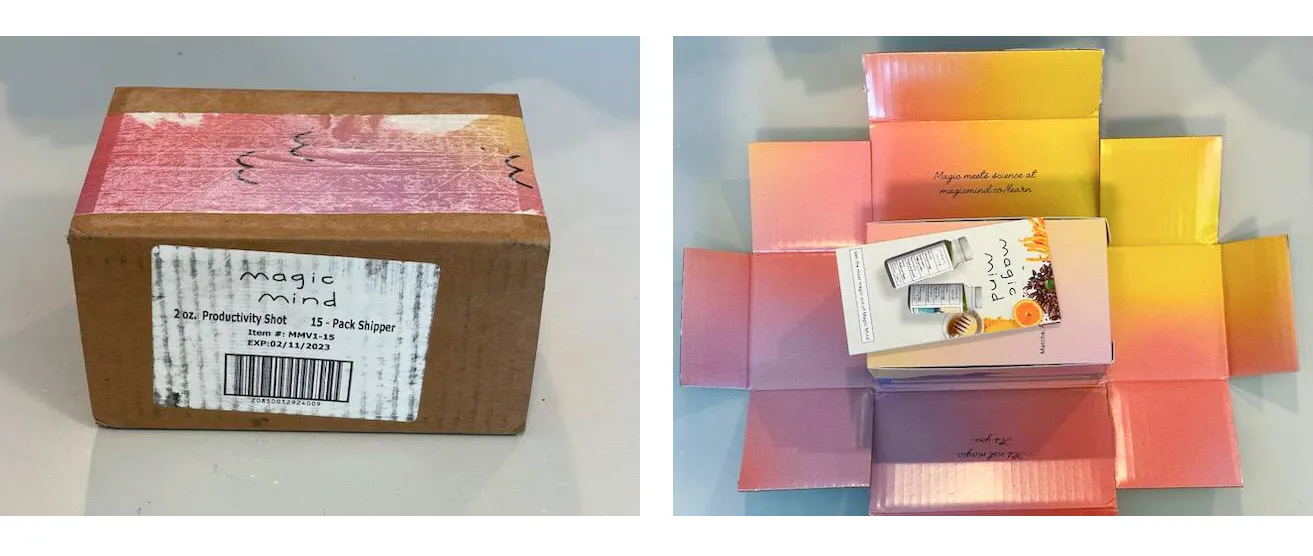
Calls for customization
While unboxing videos initially focused primarily on influencers offering impressions of products — often for some sort of compensation — the trend has evolved to also showcase packaging. Whether or not a video host intentionally describes the packaging, it has an impact.
More brands are responding by moving beyond the bland brown shipping box and requesting colorful options of varying designs to stand out, especially in light of consumer unboxing experiences. Packaging companies are stepping up to the challenge.
Cascades offers a custom mailer box that it markets as suited for online sales and monthly subscription services that will "impress your customers." Smurfit Kappa notes that e-commerce packaging "is now a marketing tool in its own right" and that every delivery should make a lasting impression; it shows custom box designs, some of which sport bold, eye-catching colors and graphics.
Packaging companies report specifically considering consumer experiences and unboxing while designing packaging. "I'm thinking about the way that a YouTuber, or the way that a customer, would unbox it when we're in the design process, because we want to have that big 'aha' or 'wow' moment," Bradley said.
Designing in this way requires thinking about how to “work that process backwards to make sure our packaging matches what experience you want people talking about" and finding “those gaps where there's customer need to make it special, make it customized and be different from the rest,” Black said.
Typically, packaging companies can charge more for this customized packaging than for mass-produced options. But customers increasingly are willing to shell out more money to attract attention and boost engagement. In some cases, they pass down the higher cost to consumers and market the higher-priced product and unboxing as a "premium" experience.
What's inside counts
Box print used to be primarily relegated to the outside. But material and machinery evolutions now enable printing on the inside of boxes, pushing the consumer experience possibilities to new heights.
The increased use of digital printing technology suitable for packaging over the last decade is a major driver for in-box printing. Buckeye Corrugated is among the companies offering a variety of box styles with brands’ inked messages inside.
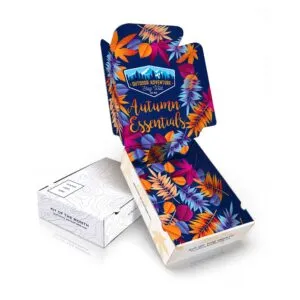
“What we're seeing right now from a digital standpoint is there are, just in North America, around 60-ish single-pass digital printers that are in operation that have inside and outside print capabilities,” Fox said. Digital printing is a "really good mechanism for e-commerce because it really does accentuate that unboxing experience.”
Digital printing — which sends a digital file to a printer that uses ink jets instead of plates like with flexography or lithography — allows for faster and easier design tweaks, removes significant costs and decreases waste by eliminating plate disposal when designs change.
While Fox said in-box printing “is not always cheap” for customers, more brands are willing to pay extra to engage consumers in unique and exciting ways.
“All of the logic that [companies] employ to make these decisions has to almost go out the window,” he said. “This is an emotional play, so you have to deal in the emotional, not logical, kind of decision factors. And cost is probably one of those.”
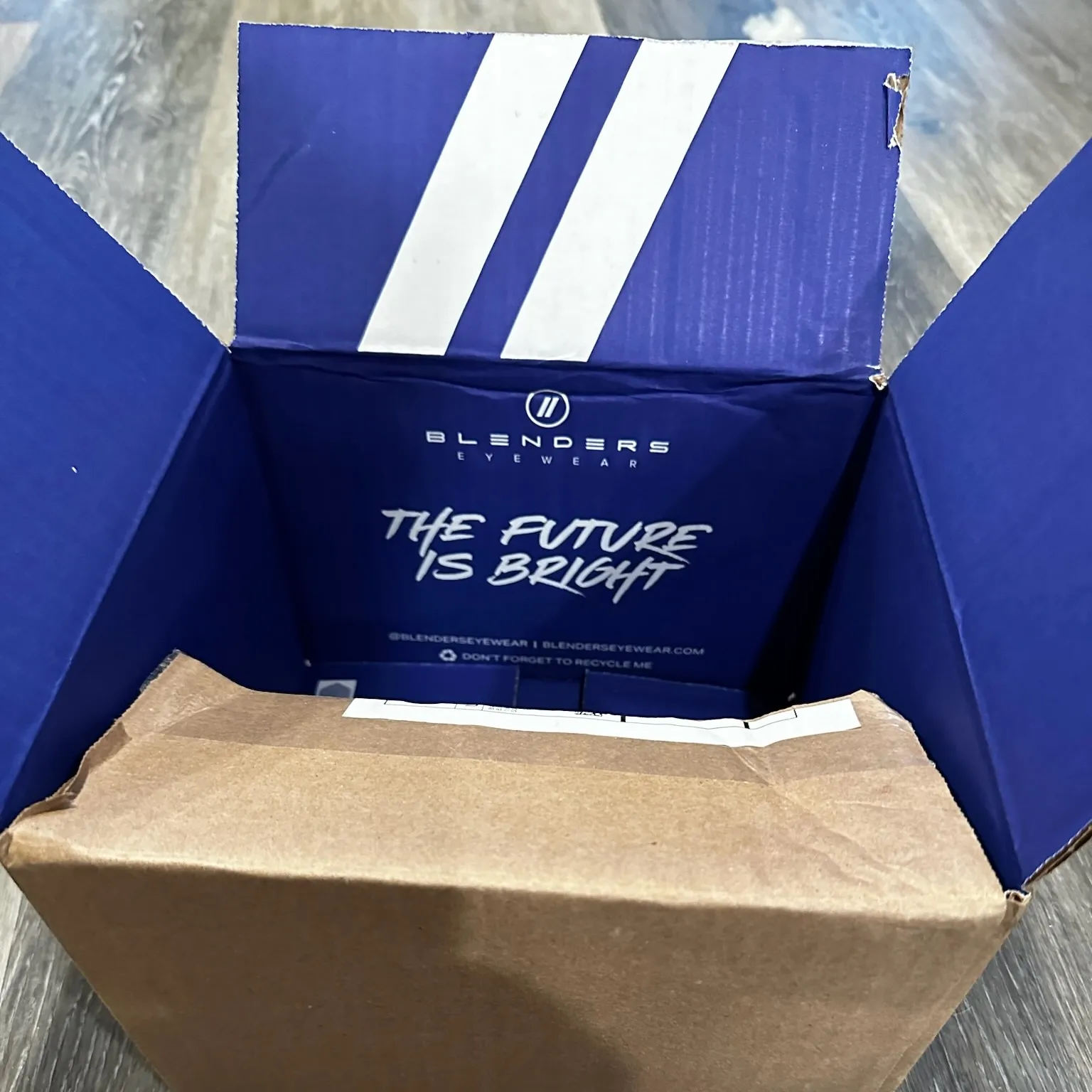
Seeking sustainability
Customers also are asking for sustainable packaging solutions, sources say.
"You don't have to sacrifice the out-of-the-box experience to go sustainable," Bradley said. "When it's done really well, it can be like, ‘Wow, look what they were able to achieve — it's sustainable and it's beautiful and you're not giving anything up.’ That's the magic."
One way some retailers try to boost their environmental image is by seeking paper packaging products with sustainability credentials, such as those certified by the Forest Stewardship Council or the Sustainable Forest Initiative.
“What we’re learning more and more is when people open their item and it’s packaged sustainably, with intent to be sustainable, the reviews are significantly higher and sales will actually increase."

Cory Connors
Director of sustainable packaging at Orora Packaging Solutions
JBM Packaging itself is a certified B Corp and strives to provide customers with better solutions that could involve new materials or new processes, including to enhance the unboxing experience for environmentally conscious consumers, Black said.
"When you have to unbox a box in a box, that's just awful," she said. In addition to increasing boxes' sustainability, JBM helps customers make interior packaging more sustainable. For example, the company finds ways to introduce fiber solutions as alternatives to the plastic film bags on apparel items, she said.
Orora also focuses on layering sustainable packaging solutions. It recently announced an agreement to become the first North American distributor for Flexi-Hex, patented hexagonal honeycomb fiber packaging meant to eliminate plastic protective packaging like packing peanuts or air-filled plastic cushions.

But why?
The marketing and loyalty benefits illustrate some reasons why brands and packaging companies are getting in on the unboxing trend. On the consumer side, watching an unboxing video seemingly presents a more authentic and credible means of learning about a product before buying it, compared with written product reviews that might have been paid for, Connors said. While the videos also can be paid for, some social media users might feel that videos offer a more detailed and sophisticated account that they can corroborate through their own observations.
But a pressing question remains: Why are so many people making these videos?
The short answer is that audiences eat them up, and influencers can rack up big bucks from brands who want them to share their impressions and potentially draw in new customers. After all, Google's 2014 research showed that 62% of people who viewed unboxing videos did so while researching a specific product before purchasing it.
Others suggest motivations beyond the financial draw. Posting unboxing videos is a form of personal branding and ongoing engagement with influencers' own audiences, Connors said.
“It's a way to engage with each other and to promote things that you think are positive for the environment or would be good for [viewers],” he said. “It's the way the world operates now. They want to keep people engaged with their lives.”
Whatever the reason, unboxing shows no signs of waning anytime soon. And until it does, packaging companies continue updating their products and services to strengthen consumers’ experiences — and get featured in some seriously fire social media videos.
“It's just interesting that people would actually want to see their order getting unpacked. I never thought that would be a thing,” Black said. “But it seems to be more and more important.”



